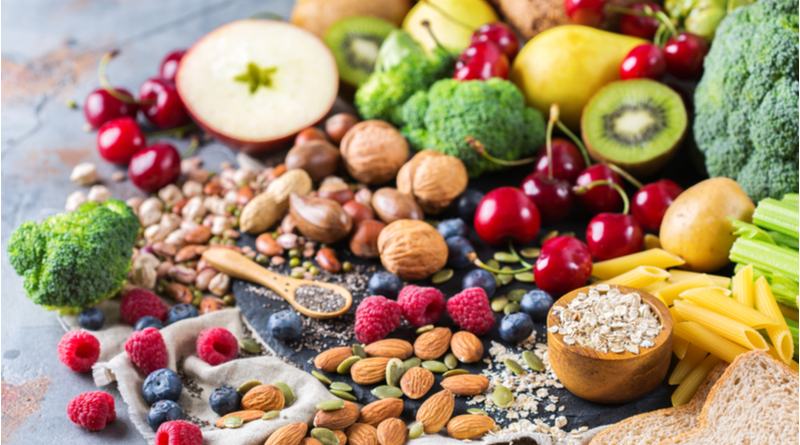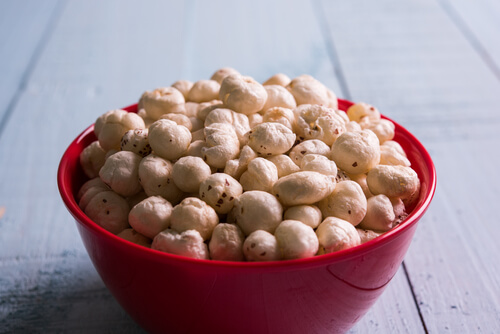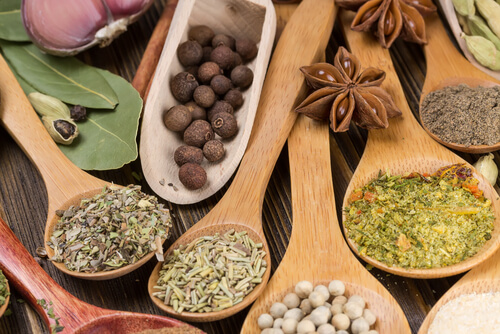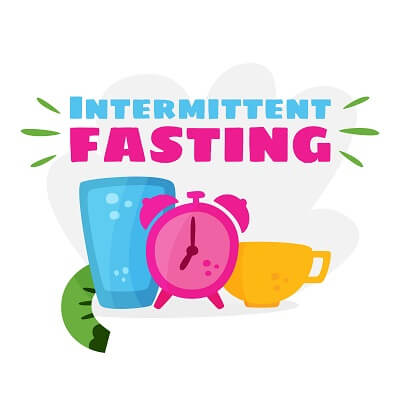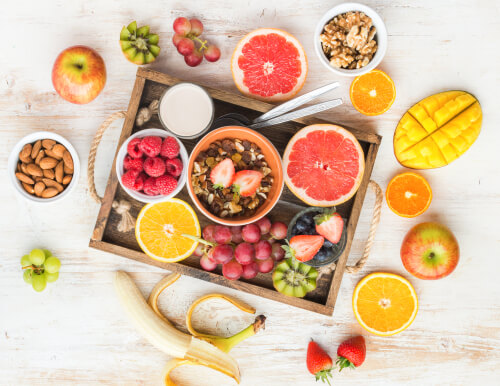Vitamin E, otherwise known as tocopherol, is a crucial vitamin for maintaining good health and proper nutrition. It has a plethora of health benefits, the least of which is its ability to help the body resist damage caused by free radicals. If left unchecked, the damaged caused by free radicals can eventually lead to the development of cancer or other unwanted chronic ailments. Tocopherol has many benefits though, including the ability to improve heart health, prevent cancer, lower cholesterol, and even reduce the risk of developing hair and skin conditions. It is also great for regulating hormone balance and improving PMS symptoms, the immune system, and metabolic efficiency. On top of all that, vitamin E plays a crucial role in muscle growth and development, and boosting a person’s endurance, making it a must have for athletes or physically active people.
What is Vitamin E exactly?
Tocopherol is a fat-soluble antioxidant that mainly protects the body’s cells from accumulating damage caused by free radicals. Vitamin E is actually an umbrella term that covers eight related tocopherols and tocotrienols. The most common of the eight tocopherols is the alpha-tocopherol. Not only is it the most commonly available, but it is also absorbed and utilized by the body easier and more often than the others.
Vitamin E benefits
As previously mentioned, vitamin E has a great many health benefits that make it essential for maintaining good health. It has both, the ability to prevent certain diseases and treat certain diseases.
Cholesterol regulation
Maintaining good cholesterol levels is a must if you want to live a long and healthy life. High levels of LDL cholesterol can lead to blockages in the artery which can cause coronary problems like heart attacks or stroke. Cholesterol blockages are a result of oxidative changes of your LDL cholesterol. The antioxidant component of vitamin E helps to limit this oxidation and thereby regulate your body’s bad cholesterol levels.
Anticancer properties
Cancer is caused for the most part by our cells mutating during the reproduction phase. Tocopherol’s antioxidant content protects the cellular membrane’s stability by actually limiting the creation of free radicals.
Anti-aging skin care
There’s a reason you see so many skincare products claiming to be infused with vitamin E. The antioxidant content in vitamin E protects the skin from disease, once again by killing free radicals. This ultimately slows down the aging process. It also reduces some the amount of harmful skin irritants you have to suffer from, such as, acne, inflammation, and blemishes.
Delays the development of cataracts
Cataracts are a pretty common development in elderly people. They are caused by abnormal growth occurring in the eye’s lens which results in cloudy vision. This can be very dangerous and debilitating for people, especially in their old age. Although it is easily treatable thanks to modern medicine, it is still something best avoided. Once again, the antioxidant property of vitamin E works to prevent diseases that are related to age.
Getting Vitamin E
It is very easy to get the proper amount of vitamin E so that you can prevent these diseases from developing and receive its many health benefits. All you have to do is make sure you’re including vitamin E healthy foods in your diet. Below are a list of the best vitamin E foods to eat.
1. Wheat Germ Oil — 135% DV per serving
- 1 tablespoon: 20 mg (135% DV)
- 100 grams: 149 mg (996% DV)
2. Sunflower Seeds — 66% DV per serving
- 1 ounce: 10 mg (66% DV)
- 100 grams: 35 mg (234% DV)
3. Almonds — 48% DV per serving
- 1 ounce: 7.3 mg (48% DV)
- 100 grams: 26 mg (171% DV)
4. Hazelnuts — 28% DV per serving
- 1 ounce: 4.3 mg (28% DV)
- 100 grams: 15 mg (100% DV)
5. Atlantic Salmon — 14% DV per serving
- Half a fillet: 2.0 mg (14% DV)
- 100 grams: 1.1 mg (8% DV)
6. Avocado — 14% DV per serving
- Half a fruit: 2.1 mg (14% DV)
- 100 grams: 2.1 mg (14% DV)
7. Red Sweet Pepper (raw) — 13% DV per serving
- 1 medium pepper: 1.9 mg (13% DV)
- 100 grams: 1.6 mg (11% DV)
8. Mango — 10% DV per serving
- Half a fruit: 1.5 mg (10% DV)
- 100 grams: 0.9 mg (6% DV)
9. Turnip Greens (raw) — 10% DV per serving
- 1 cup: 1.6 mg (10% DV)
- 100 grams: 2.9 mg (19% DV)


